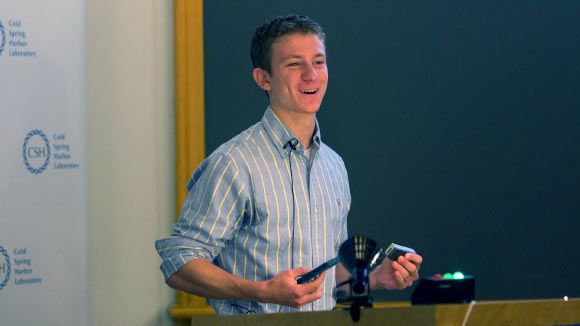
Category: biotech/medical – Page 1,781

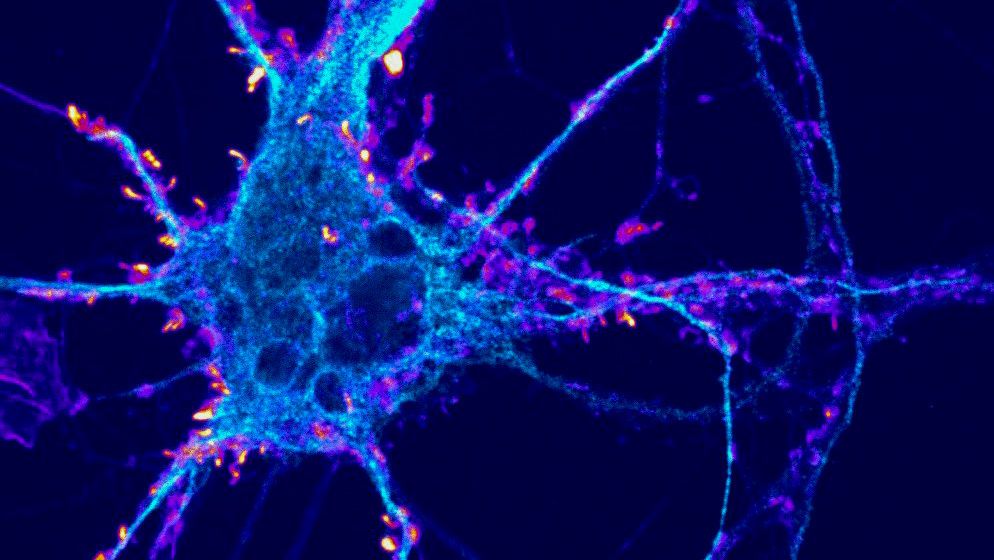
Chemists re-engineer a psychedelic to treat depression and addiction in rodents
“Researchers report today that they’ve created a nontoxic and nonhallucinogenic chemical cousin of ibogaine that combats depression and addictive behaviors in rodents. The work provides new hope that chemists may one day be able to create medicines for people that offer the purported therapeutic benefits of ibogaine and other psychoactive compounds without their side effects.”
Analog of ibogaine could hold hope for humans.
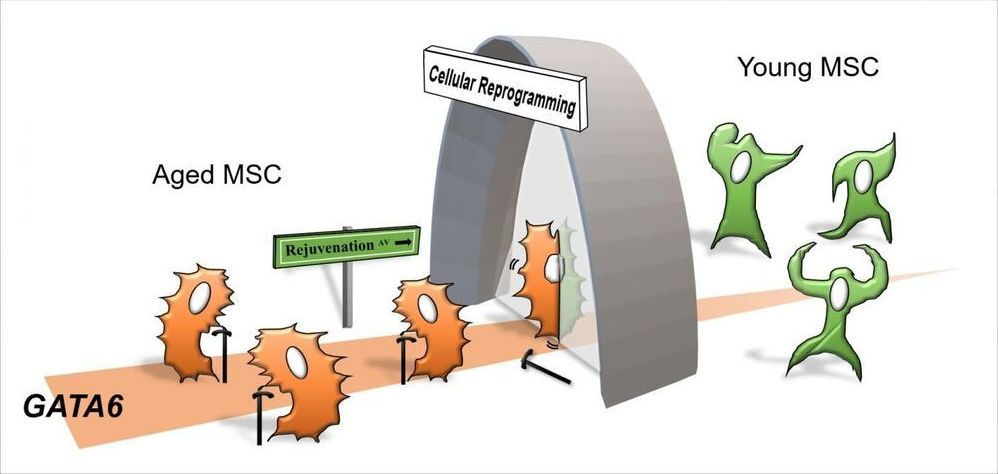
Genes for Regulating Stem Cell Aging Identified
Advanced, others might like.
The exact gene that caused stem cell aging has been identified.
Above – When mesenchymal stem/stromal cells (MSCs) age, the transcription factor GATA6 is increasingly produced in the cell to induce aging response. By transcription factor-based cellular reprogramming, aged MSCs are rejuvenated with a reduction in GATA6 effects on cellular aging. CREDIT AlphaMed Press
University of Wisconsin-Madison researchers found that the expression of GATA6, a protein that plays an important role in gut, lung and heart development, was repressed in the reprogrammed cells compared to the control cells. This repression led to an increase in the activity of a protein essential to embryonic development called sonic hedgehog (SHH) as well as the expression level of yet another protein, FOXP1, necessary for proper development of the brain, heart and lung. “Thus, we identified the GATA6/SHH/FOXP1 pathway as a key mechanism that regulates MSC aging and rejuvenation,” Dr. Li said.
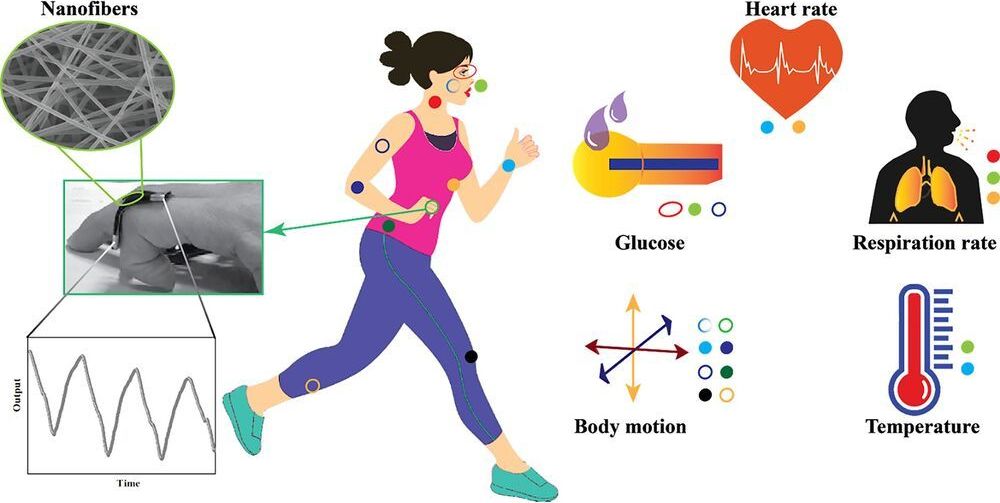
Emerging wearable technology uses tiny fibers that can track your blood pressure, heart rate, and more
A shirt that monitors your blood pressure or a pair of socks that can keep track of your cholesterol levels might be just a few years away from becoming reality.
In an article published in Applied Physics Reviews, researchers examine the use of microfibers, and even smaller nanofibers, as wearable monitors that could keep track of a patient’s vital signs.
The microfiber- and nanofiber-based technology addresses growing concerns in the medical community about monitoring chronic illnesses like diabetes, asthma, obesity, and high blood pressure as the population ages.
The Real Spider Man — Alex Greenhalgh, CEO, Spintex — Novel And Powerful Bio-Materials and Fabrics
Spider silk is a protein fiber spun by spiders, which they use to make webs or other structures, which function as sticky nets to catch other animals, or as nests or cocoons to protect their offspring, or to wrap up prey. They can also use their silk to suspend themselves, to float through the air, or to glide away from predators.
Each spider and each type of silk has a set of mechanical properties optimized for their biological function, but in particular, their dragline silks, have exceptional mechanical properties. They exhibit a unique combination of high tensile strength and extensibility which enables a silk fiber to absorb a large amount of energy before breaking with this estimated tensile strength several times that of steel.
Alex Greenhalgh, is the CEO, Spintex, a spin-out from the University of Oxford, pushing the boundaries of bio-inspired spinning and silk materials to provide much needed solution in sustainable and technical textiles.
Alex is a biologist and programmer with a working background in microbiology, clinical trials with a focus on GCP compliance, and silk and protein science where he has been a research assistant in the Oxford Silk Group for the last three-years. His research experience includes characterization of liquid silks and fibres with techniques such as rheology, fluorimetry, calorimetry, electrophoresis and tensile testing.
Dr. Yu Shrike Zhang — Symbiotic Tissue Engineering — Harvard Medical School
Dr yu shrike zhang phd is assistant professor at harvard medical school and associate bioengineer at brigham and women’s hospital.
Dr. Zhang’s research interests include symbiotic tissue engineering, 3D bio-printing, organ-on-a-chip technology, biomaterials, regenerative engineering, bioanalysis, nanomedicine, and biology.
His scientific contributions have been recognized by over 40 regional, national and international awards. He has been invited to deliver more than 110 lectures worldwide, and has served as reviewer for more than 500 manuscripts for as many as 50 journals.
Dr. Zhang is serving as Editor-in-Chief for Microphysiological Systems, and is Associate Editor for Bio-Design and Manufacturing, Nano Select, Aggregate, and Essays in Biochemistry.
He is also on the Editorial Board of Biofabrication, Bioprinting, Advanced Healthcare Materials, Discover Materials, BMC Biomedical Engineering, Materials Today Bio, and Chinese Chemical Letters, the Editorial Advisory Board of Heliyon and Biomicrofluidics, the International Advisory Board of Advanced NanoBiomed Research and Advanced Materials Technologies, and the Advisory Panel of Nanotechnology.
Dr. Zhang has his PhD in Biomedical Engineering from Georgia Institute of Technology / Emory, his M.S. in Bioengineering and Biomedical Engineering from Washington University in St. Louis, and his B.Eng. in Biomedical Engineering Southeast University in China.
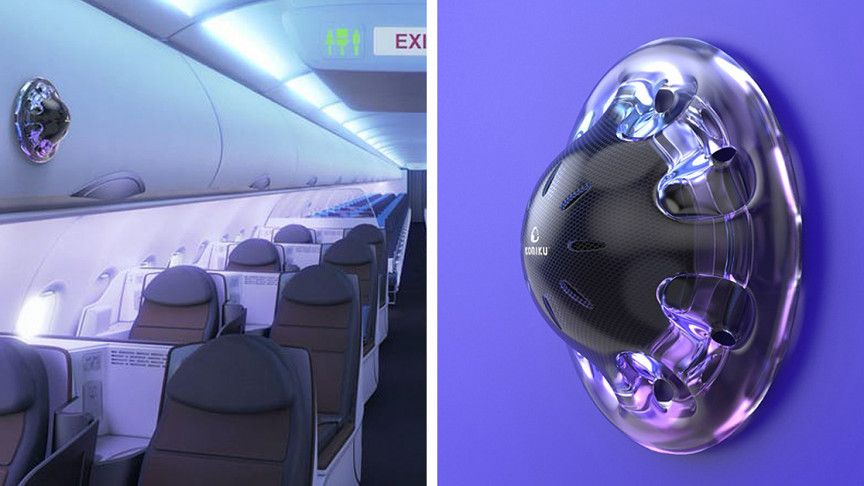

Arthur.ai snags $15M Series A to grow machine learning monitoring tool
At a time when more companies are building machine learning models, Arthur.ai wants to help by ensuring the model accuracy doesn’t begin slipping over time, thereby losing its ability to precisely measure what it was supposed to. As demand for this type of tool has increased this year, in spite of the pandemic, the startup announced a $15 million Series A today.
The investment was led by Index Ventures with help from newcomers Acrew and Plexo Capital, along with previous investors Homebrew, AME Ventures and Work-Bench. The round comes almost exactly a year after its $3.3 million seed round.
As CEO and co-founder Adam Wenchel explains, data scientists build and test machine learning models in the lab under ideal conditions, but as these models are put into production, the performance can begin to deteriorate under real-world scrutiny. Arthur.ai is designed to root out when that happens.
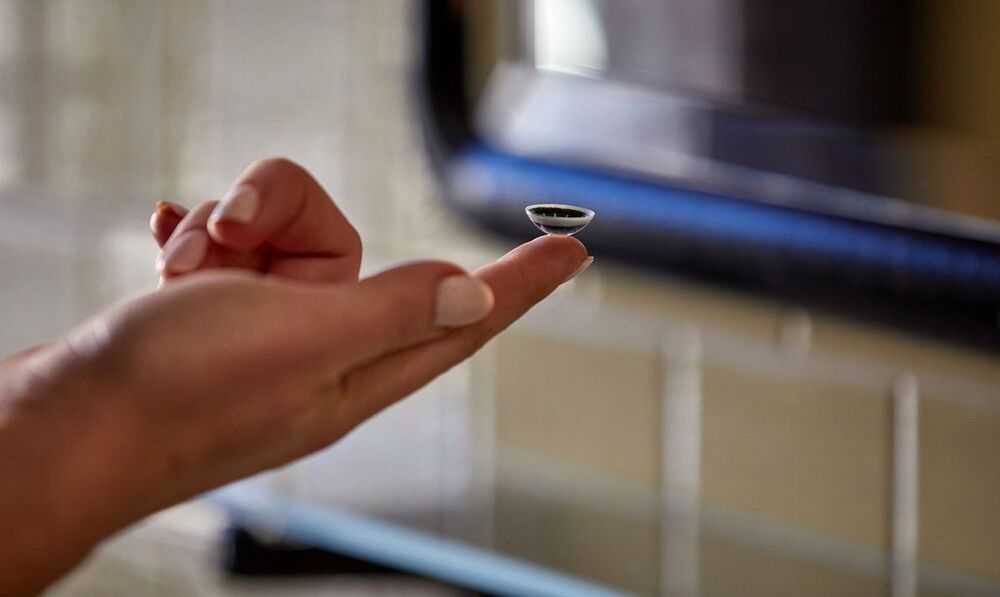
Mojo Vision teams up with optics leader Menicon to develop AR contact lenses
Mojo Vision has developed prototypes for contact lenses that enable people to see augmented reality images as overlays on the real world. And now it has teamed up with Menicon, Japan’s largest and oldest maker of contact lenses, to further develop the product.
Saratoga, California-based Mojo Vision has developed a smart contact lens with a tiny built-in display that lets you view augmented reality images on a screen sitting right on your eyeballs. It’s a pretty amazing innovation, but the company has to make sure that it works with contact lenses as they have been built for decades. The partnership with Menicon will help the company do that, Mojo Vision chief technology officer Mike Wiemer said in an interview with VentureBeat.
“It’s a development agreement, and it could turn into a commercial agreement,” Wiemer said. “I’m very excited to work with them.”
